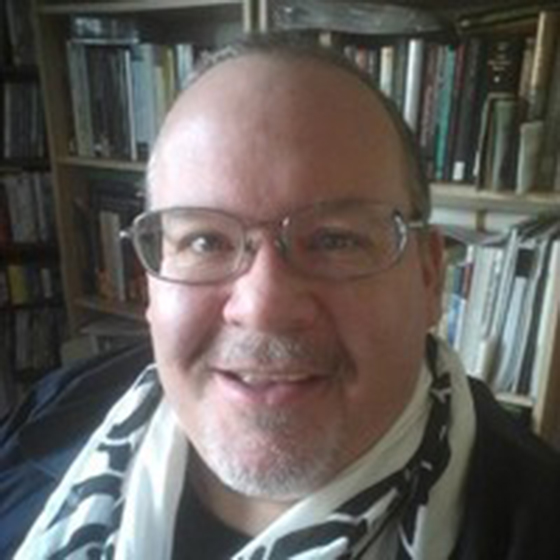Highest degree earned
Graduate Student Dissertation Title
Bio
Thomas (Tom) is a doctoral candidate in anthropology (historical archaeology) with diverse research and professional experience as both archaeologist and cultural anthropologist. In nearly three decades as an archaeologist/anthropologist, Tom has completed and contributed to myriad projects on 3 continents and multiple countries across the globe. Projects have included directing the environmental archaeological component of a large-scale project in Pompeii, excavating and analyzing Archaic-period chert quarries in the Mid-Atlantic states, and completing a survey of Seminary Ridge on the Gettysburg battlefield in Pennsylvania. He completed his B.A. at the University of Arizona in 1996, then finished his master’s (with honors) at Syracuse University in 2002. After over a decade of working in CRM (cultural resource management) investigative and directorial roles, Tom returned to Syracuse to develop and advance his doctoral studies.
Tom’s dissertation project, titled "Pacific Frontiers: A Comparative Case Study of Alta California and Global Economies, 1782-1821," engages an innovative landscapes-based approach to investigate the influential role the missions of Alta California had in expanding global economies into the eastern Pacific Basin, the long-term legacies of colonial impacts (including trauma and changing identities), and how Eurocentric lenses have failed to grasp critical elements of the lived experiences of Indigenous peoples. Using Missions San Buenaventura and Soledad as case studies, he is presenting how each mission’s populations developed unique strategies for responding to frequently changing conditions. Through his dissertation, Tom is highlighting how Indigenous peoples were prominent, active agents in their own lives, cultural adaptations, transformations, and survival.
